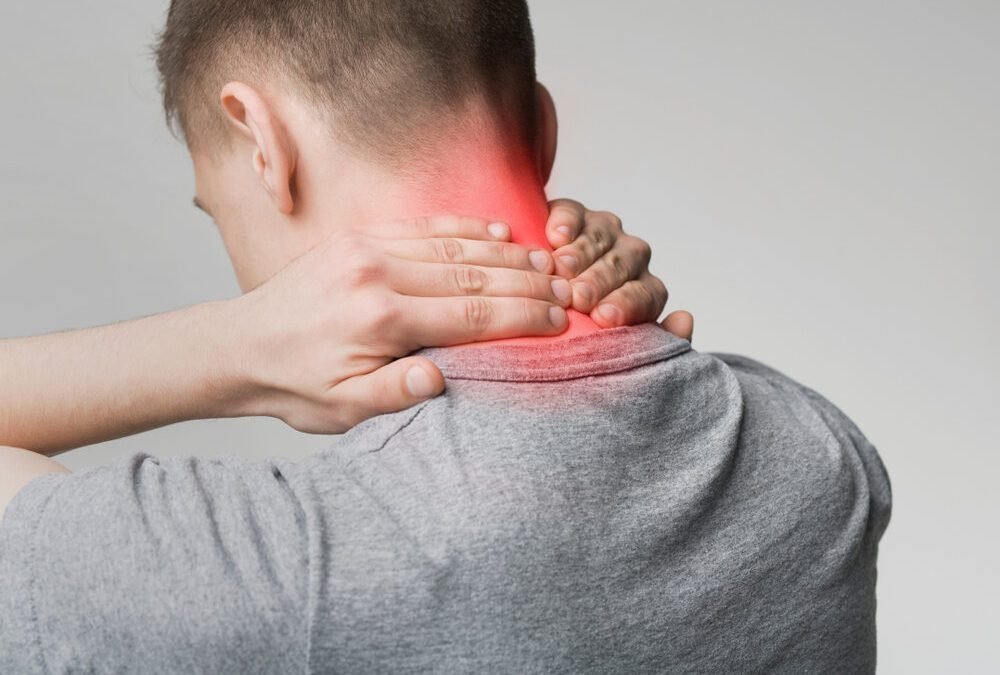Shoulder, Hip, Knee, & Joint Pain Conditions

Strenuous exercise and the natural aging process can both place significant stress on our body’s joints. These factors, along with other medical conditions, make us all vulnerable to joint pain and discomfort over time. Some of the typical conditions related to joint pain are:
JOINT PAIN
Joint pain is discomfort or aching in any of the body’s joints, often caused by injury, inflammation, arthritis, or overuse. It can range from mild to severe and may affect movement and quality of life.
SHOULDER PAIN
Shoulder pain is a common condition with many possible causes, including muscle strains, ligament sprains, dislocations, fractures, and diseases like arthritis or even heart disease. It can originate from problems within the shoulder joint itself or from the surrounding soft tissues such as muscles, tendons, and ligaments.
FROZEN SHOULDER OR ADHESIVE CAPSULITIS
Frozen shoulder or adhesive capsulitis is a condition where the shoulder becomes stiff, painful, and loses its range of motion. It happens when the connective tissue around the shoulder joint thickens and tightens. It usually develops gradually and can take months to years to resolve.

BURSITIS OF THE HIPS
Bursitis of the hips refers to irritation or inflammation of the trochanteric bursa—a small, fluid-filled sac located on the outer side of the femur. This bursa acts as a cushion, reducing friction between the femur and the iliotibial band, a thick tendon running along the side of your leg.

AVASCULAR NECROSIS (AVN) OF THE HIP JOINT
It is a condition where the blood supply to the head of the femur (thigh bone) is reduced or blocked, causing bone tissue to die. This leads to joint pain, stiffness, and eventual collapse of the hip joint if untreated. Common causes include injury, steroid use, alcohol abuse, or certain medical conditions.

MERALGIA PARESTHETICA
Meralgia paresthetica is a condition caused by compression of the lateral femoral cutaneous nerve, leading to numbness, tingling, or burning pain on the outer thigh. It often results from tight clothing, obesity, or prolonged standing.

OSTEOARTHRITIS OF THE KNEE
Knee pain can limit your activity and is often caused by the gradual breakdown of cartilage—the protective tissue covering the ends of your knee bones. In a healthy knee, cartilage allows the bones to glide smoothly against each other. However, with osteoarthritis, this cartilage wears away, causing bones to rub directly against one another. This friction can lead to the formation of bony growths known as “bone spurs,” contributing to pain and stiffness.

BAKER’S CYST (POPLITEAL CYST)
Popliteal cyst is a fluid-filled swelling that forms behind the knee, often due to joint conditions like arthritis or a knee injury. It can cause stiffness, swelling, and discomfort, especially when bending or straightening the knee.

LLIOTIBIAL (IT) BAND SYNDROME
Iliotibial (IT) Band Syndrome is an overuse injury that causes pain on the outer side of the knee. It occurs when the IT band—a thick band of tissue running from the hip to the shin—becomes tight or inflamed, often due to repetitive activities like running or cycling.

TRAUMATIC KNEE INJURY
It refers to sudden damage to the knee caused by impact, twisting, or forceful movement. Common injuries include ligament tears (like ACL), meniscus tears, fractures, or dislocations. Symptoms may include pain, swelling, instability, and limited movement.
